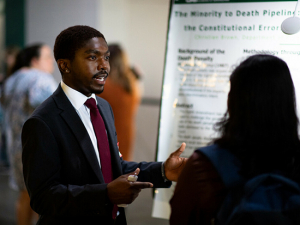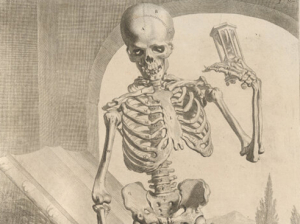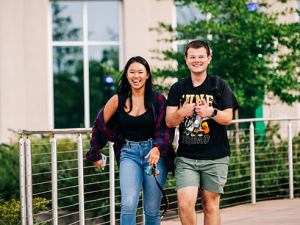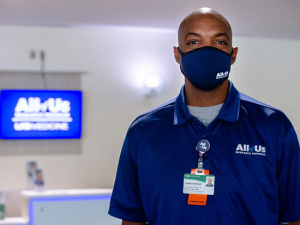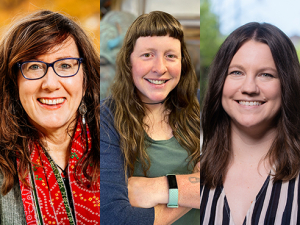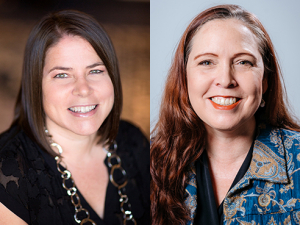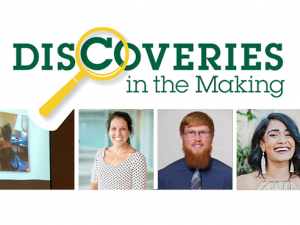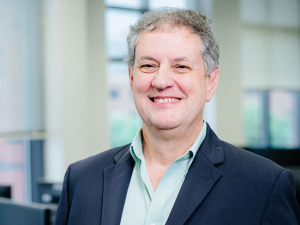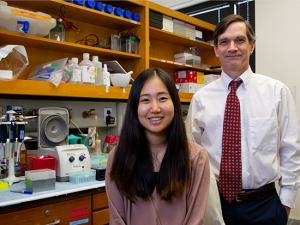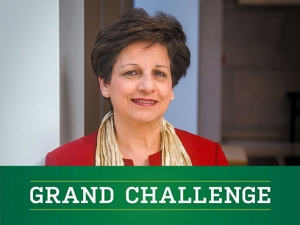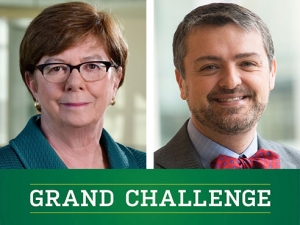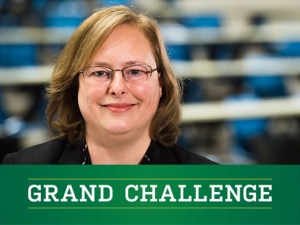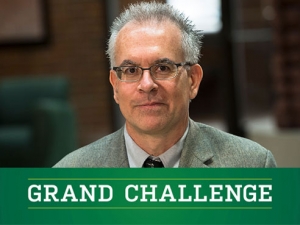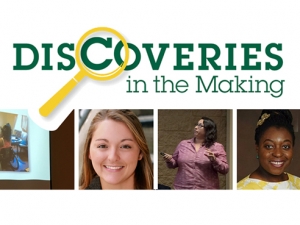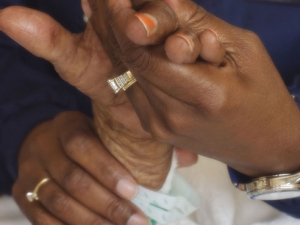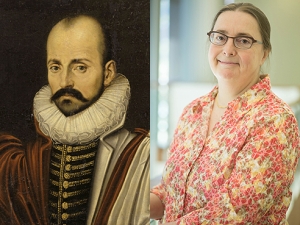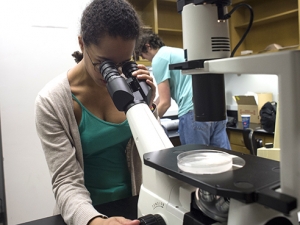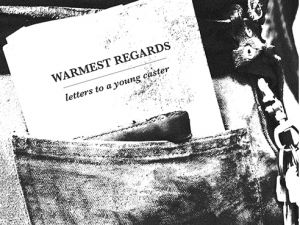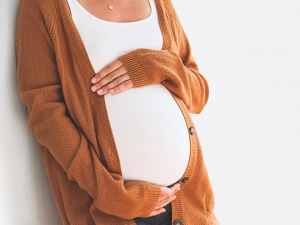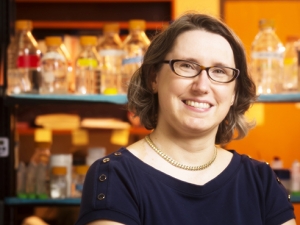A five-year extension of a groundbreaking, longitudinal study of youth health will create the most thorough dataset ever generated on family and peer relations.
 |
| Susan Davies aims to assess a broad array of health behaviors, including physical activity, nutrition, tobacco, alcohol and drug use, intentional injury and violence, sexual behaviors and health-seeking behaviors. |
Healthy Passages II is a five-year, $9 million, multi-site grant award from the Centers for Disease Control and Prevention. It will be used to assess factors that influence disparities in health, educational and social outcomes across diverse racial and ethnic populations and better understand the primary influences associated with obesity, early sexual initiation, substance use, violence and delinquency.
“Healthy Passages is using a broad lens to figure out the things that individually influence and interact to influence behavior,” says Susan Davies, Ph.D., associate professor of health behavior in the UAB School of Public Health and principal investigator on the project. “Adolescent risk-taking is rarely the result of a single factor — a dysfunctional family, deviant peer group, under-performing school or a dangerous neighborhood. Similarly, risk cannot be prevented by a single protective factor — involved parents, good education, religious affiliation or a high IQ. Rather, it’s the combination and interaction of those things and others.”
“Outside influences make earlier intervention a bigger need than ever before,” Davies says. “They are exposed to things now at an age when they are not developmentally ready to comprehend and understand how to make good decisions. We can change that. We can provide them with these skills that will benefit them throughout their lives.”
Data has been collected from 5,200 fifth-grade youth and their caregivers in Birmingham, Houston and Los Angeles since 2005; this grant extension will enable the team to follow the cohort until they are two years past high school. The objective is to provide an empirical basis for policies and interventions to promote the health and development of adolescents and adults.
The study will assess a broad array of health behaviors, including physical activity, nutrition, tobacco, alcohol and drug use, intentional injury and violence, sexual behaviors and health-seeking behaviors. Outcomes examined will include mental health, pregnancy, sexually transmitted diseases, obesity, disability, illness and cardiovascular disease risk. Educational and social outcomes measured will include academic achievement, school dropout rates and social adjustment. Etiologic factors will include genetics, temperament, parenting style, peer relations, emotional connectedness, poverty, availability of health care, media influences and neighborhood environment.
Researchers from health behavior, biostatistics, psychology and sociology are involved in the project, which was led by Frank Franklin, Ph.D., before his retirement from the School of Public Health.
Intervention programs
Davies says the key to the study was gaining access to fifth-grade children — a time when they have yet to experience significant peer pressure but have begun forming perceptions. Researchers were able to ask them questions and gain insight into what drives their beliefs and the attitudes that ultimately shape their behaviors.
“You’re far enough ahead of the game when you get to them in the fifth grade that we can intervene on those beliefs and attitudes before they ever get exposed to those risk opportunities,” Davies says. “Middle-school years is the time that kids are caught from behind or under-prepared for the kinds of risks to which they are going to be exposed, and at that point it’s too late to talk about these things with them — certainly in Alabama.”
Davies says that doesn’t mean talking to fifth graders about condoms.
“The great thing is you don’t have to,” she says. “You can talk about positive future aspirations — identifying their strengths and figuring ways to apply them in ways that make their weaknesses irrelevant. You can find ways to connect them to positive school, social and community groups and organizations. You often will find that youth naturally want to engage in risks much less. This approach is much more effective than telling kids ‘don’t do this, and don’t do that.’”
Sound policy is key
Of the 5,200 students and caregivers taking part, almost 1,600 are from the Birmingham metro area, and Davies says the follow-up rate at all three sites is high.
“We have a good representative sample that mirrors the general population of U.S. adolescents and families from public and private schools and across the socioeconomic spectrum,” she says. The sample in Birmingham includes Caucasian, African-American and Hispanic adolescents and parents.
“We hope to collect and analyze all of these data during the next five years and disseminate them broadly – to researchers, practitioners and policy makers – so that interventions can be developed to educate families, schools and communities to reduce high-risk behavior and increase protective factors,” she says.
“School administrators will tell you they can predict in third grade which students are going to drop out of school before they reach the 12th grade,” Davies says. “Similarly, we can predict which kids are going to initiate sex at an earlier age and which kids are going to be at increased risk for violence, substance abuse or delinquency.”
Intervening at an earlier age has two other advantages, Davies contends. “It’s less expensive and more effective in the long run if children are engaged earlier,” she says. “The earlier we identify with those at risk and engage them with protective activities, the better off we are and our communities. It’s a tremendous investment to do early prevention in kids. Certainly our data are going to be able to argue very strongly of the need for that.”
“Early-intervention programs help preadolescents understand themselves and others to build better relationships, make healthy decisions and prepare for a positive future,” Davies says. “These are just as important as math, science and literature but rarely given the priority they deserve.”
